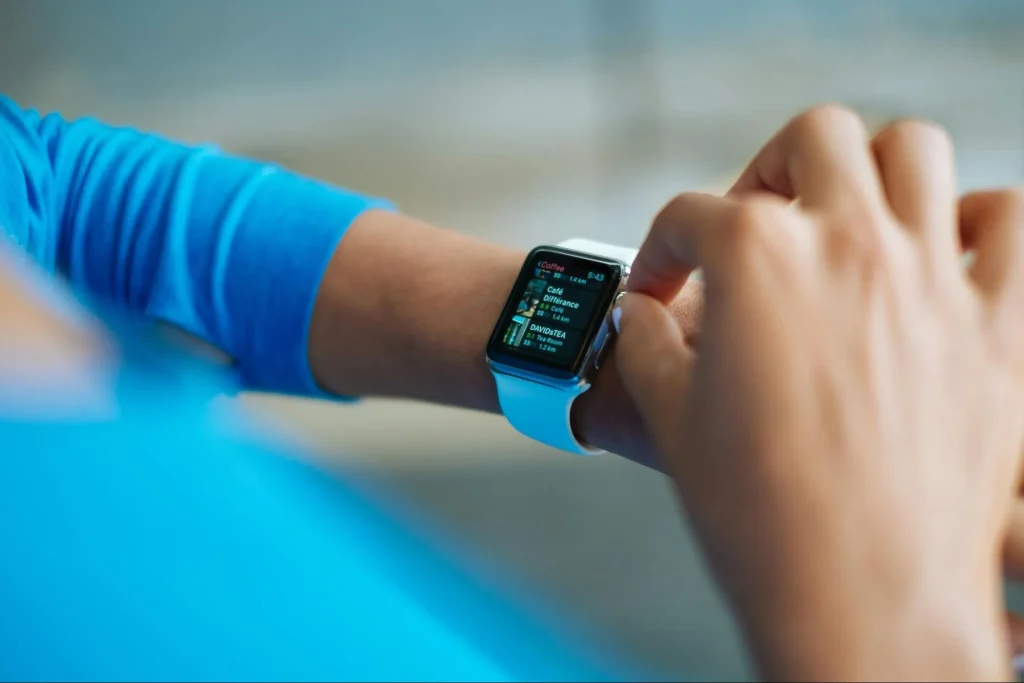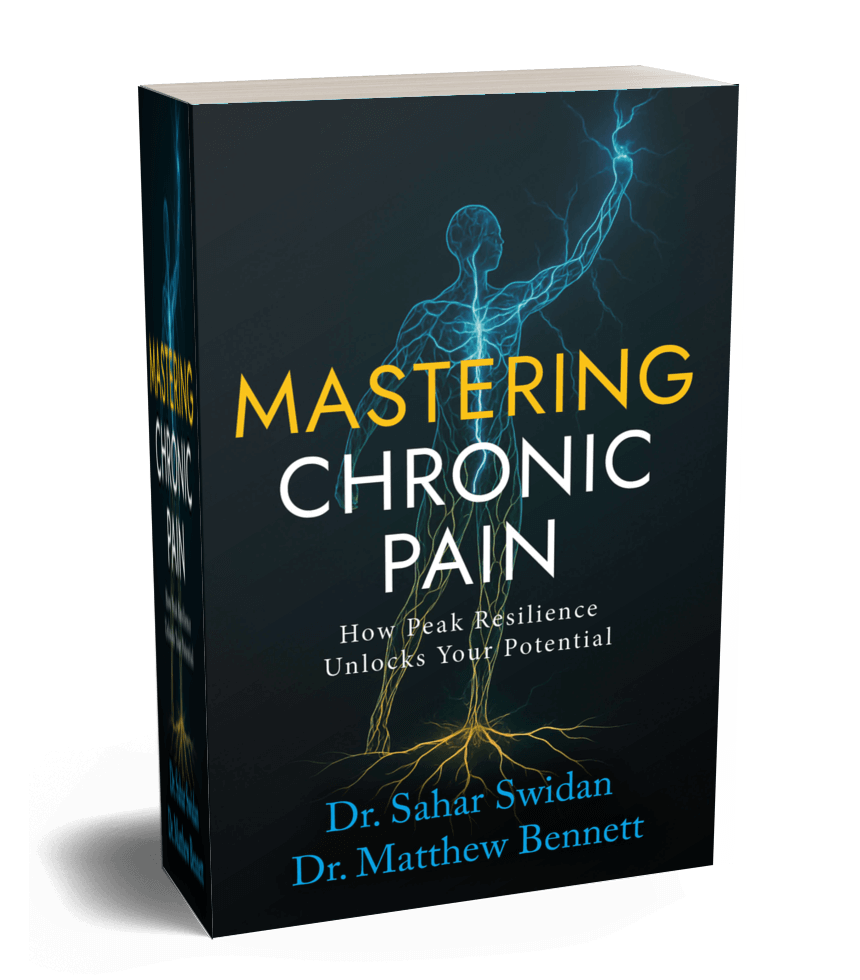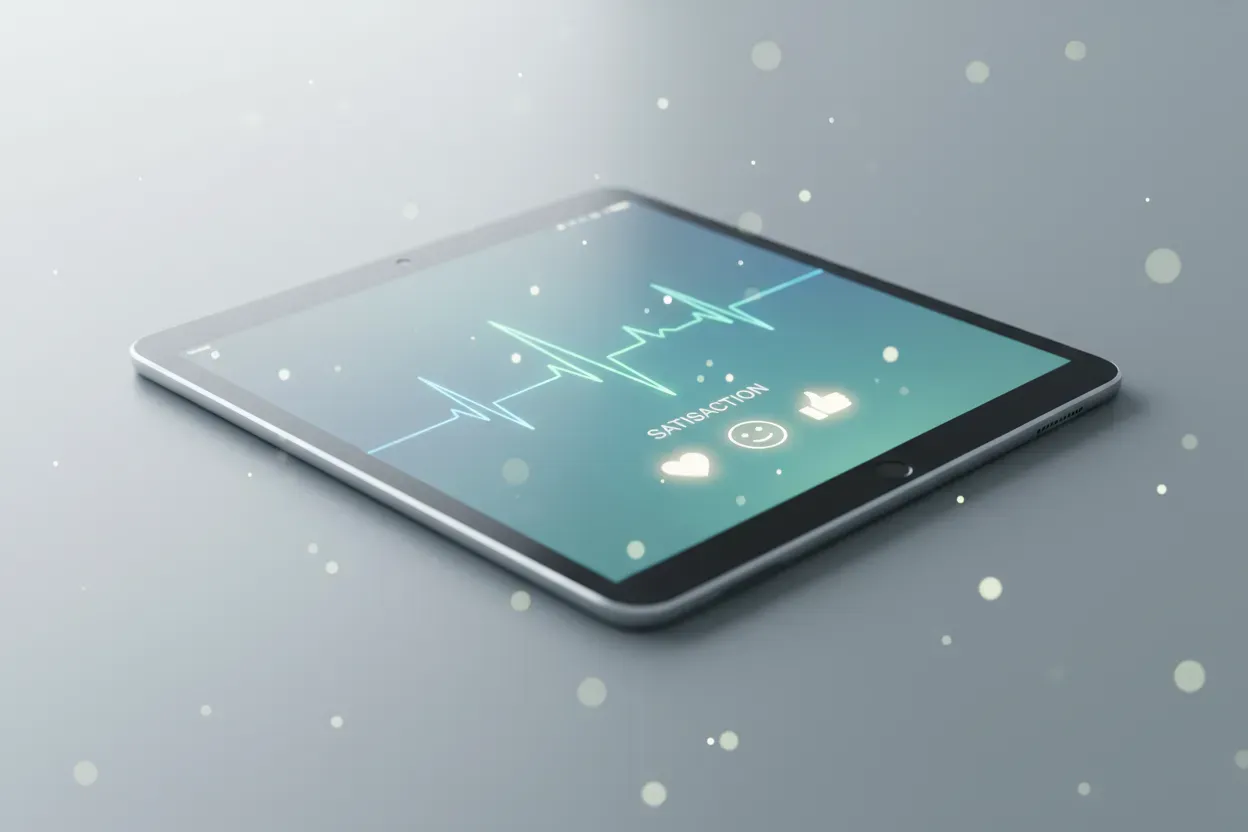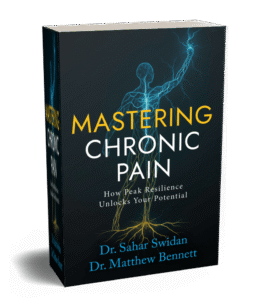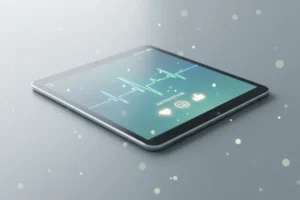Remote monitoring is revolutionizing healthcare delivery, offering new ways to track and manage patient health from afar. This article explores cutting-edge strategies for implementing health tech solutions, from asynchronous telehealth to wearable devices integrated with electronic health records. Drawing on insights from industry experts, we examine how these innovations are improving patient engagement, streamlining care, and enhancing clinical decision-making in real-time.
- Asynchronous Telehealth Enhances Patient Engagement
- Diagnostic Algorithms Improve Real-Time Healthcare Decisions
- Incentivized Mobile Apps Motivate Recovery Progress
- Cellular-Enabled Smart Scales Streamline Remote Monitoring
- Digital Follow-Up Platforms Boost Urgent Care
- Wearable Devices Integrate With EHR Systems
Asynchronous Telehealth Enhances Patient Engagement
At Paramount Wellness Retreat, we’ve heavily invested in asynchronous telehealth platforms enhanced by remote monitoring tools. Many of our patients manage dual diagnoses, and expecting them to always initiate communication isn’t realistic. So we use a system that allows clients to check in via secure voice or video logs, and pair it with biometric feedback from wearables. The technology scans for irregularities, elevated resting heart rate, disrupted sleep, missed medication inputs, and flags them for clinician review. What sets it apart is the asynchronous nature; patients don’t feel like they’re being micromanaged, but their care team still gets the data needed to adjust treatment. This approach has significantly increased retention and engagement rates. It also empowers our staff to provide high-impact care without the burnout of constant synchronous monitoring. For us, success came when we stopped trying to fit patients into our technology and started fitting technology around the patient.
 Joshua Zeises
Joshua Zeises
CEO & CMO, Paramount Wellness Retreat
Diagnostic Algorithms Improve Real-Time Healthcare Decisions
One outstanding method we have seen is the implementation of advanced diagnostic algorithms into health tech platforms, which is a component of remote patient monitoring. At VMeDx, we have put together tools that use these algorithms to give healthcare providers real-time information. For example, we have a platform which remote healthcare workers use to study patients’ health, which in turn they use to see key data trends and which also alerts them to possible issues at an early stage. This, we find, not only improves the decision-making process but also puts in place early interventions, which in turn improve patient results and support a proactive care model.
 Dr. Gregory Gasic
Dr. Gregory Gasic
Neuroscientist | Scientific Consultant in Physics & Theoretical Biology | Author & Co-Founder, VMeDx
Incentivized Mobile Apps Motivate Recovery Progress
Remote patient monitoring has to do more than just watch; it has to motivate. At Epiphany Wellness, we’ve had great success incorporating recovery-focused mobile apps that combine behavior tracking with tailored incentives. These platforms allow clients to log cravings, complete daily goals, and submit biometric data like sleep patterns or exercise levels. But what drives effectiveness is the reward mechanism. We link progress to tangible outcomes, extra peer support sessions, milestone recognition, and even transportation credits. For many clients, especially those early in recovery, seeing real-time growth fosters momentum. We’ve also made sure our team can respond in-app within minutes when negative trends surface. It’s about reinforcement, not just observation. I’m in recovery myself, and I know firsthand how much it matters to feel seen and encouraged in between sessions. This strategy keeps that connection alive.
 Ryan Hetrick
Ryan Hetrick
CEO & Co-Founder, Epiphany Wellness
Cellular-Enabled Smart Scales Streamline Remote Monitoring
One of the most effective tools we use for remote patient monitoring is a cellular-enabled smart scale that uploads weight and bioimpedance data directly to a secure dashboard without requiring Wi-Fi or a phone app. Patients step on the scale each morning, and the reading appears in our clinic portal within seconds. Because it is cellular, there are no setup hurdles, so even less tech-savvy patients comply. The dashboard flags rapid gains or losses outside a preset threshold, and an automatic alert prompts our team to reach out before small fluctuations snowball into setbacks. This single device gives us real-time insight into adherence, hydration shifts, and early signs of fluid retention, allowing timely coaching and medication adjustments while reducing unnecessary clinic visits.
 Brian Griffin
Brian Griffin
Dc, Msn, Fnp-C, Owner, Blue Tree Health Medical Weight Loss
Digital Follow-Up Platforms Boost Urgent Care
One powerful technology improving patient outcomes in urgent care is the implementation of secure digital follow-up platforms. These tools allow providers to stay connected with patients after their visit through text, email, or app-based messaging, offering treatment updates, medication reminders, and check-in prompts to monitor recovery.
This kind of post-visit engagement ensures patients stay on track with their care plans and helps providers catch early signs of complications or worsening symptoms. It’s especially valuable for patients treated for infections, injuries, or minor procedures where follow-up can make a major difference in recovery time.
In urgent care, where patients often seek quick, one-time treatment, these platforms create a bridge between care and communication, improving continuity and boosting overall satisfaction. They also reduce the need for unnecessary return visits and help patients feel supported long after they’ve left the facility.
 Dr. Jose Ayala
Dr. Jose Ayala
MD, Physician, Metro Urgent Care
Wearable Devices Integrate With EHR Systems
A well-documented and highly effective practice in remote patient monitoring is the use of wearable health devices, which we have seen interface with EHR systems via secure, standards-based APIs.
We have found this to be a method that supports continuous, real-time transfer of key patient data, including heart rate, blood pressure, oxygen saturation, and glucose levels, directly into the clinical workflow.
Furthermore, this approach eliminates the need for manual data entry, which in turn reduces errors, speeds up clinical decision-making, and allows for early intervention at the first signs of issues.
Additionally, we observe that this improves patient engagement by simplifying at-home monitoring and promotes accountability.
When implemented correctly, this technological transformation shifts care from a reactive to a proactive model, which in turn improves outcomes and optimizes resource utilization.
 Spencergarret Fernandez
Spencergarret Fernandez
SEO and Smo Specialist, Web Development, Founder & CEO, SEO Echelon

